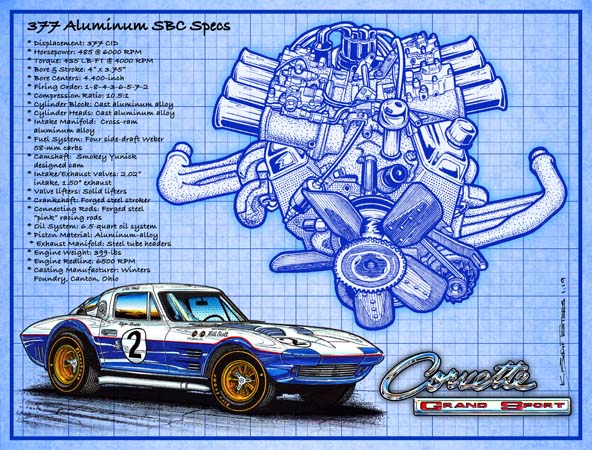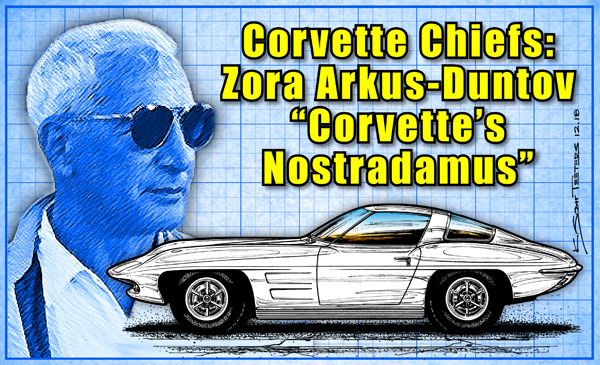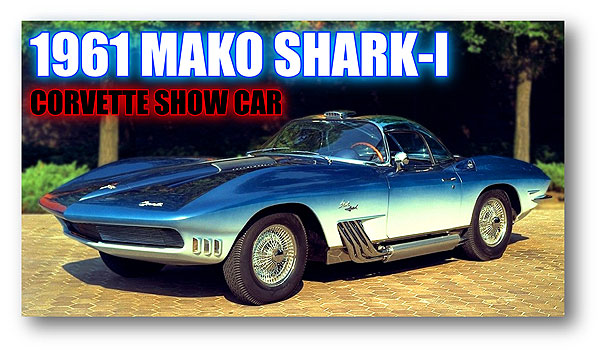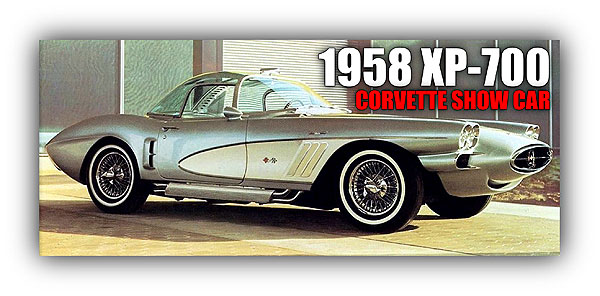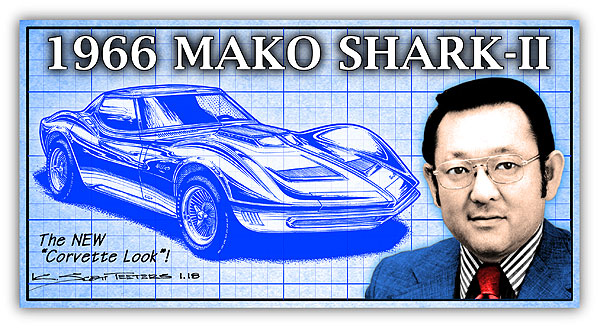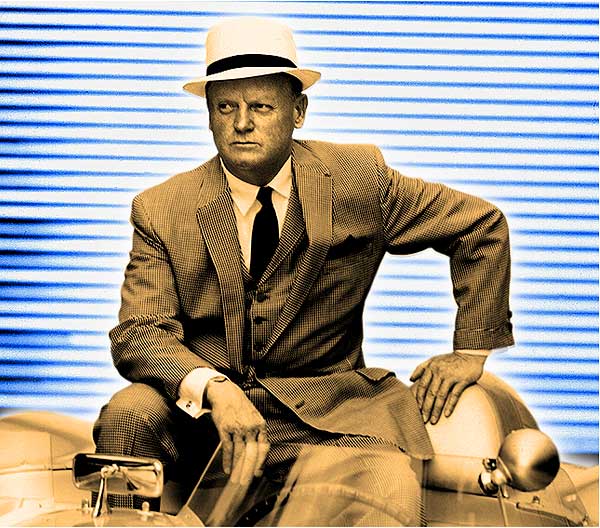The design parameters of Cole’s SBC were that the engine should be; small, lightweight, simple, and inexpensive. Cole reasoned that an aluminum version of the SBC using a new aluminum-silicone alloy would be obviously lighter and probably less expensive to make. To keep costs down, there would be no valve seat inserts, no pressed-in valve guide inserts, or cylinder liners. But sometimes a simple idea turns out to not be so simple.
Problems started right from the beginning. The complex molds used sand cores and the completed castings required extensive machining. Sand-cast aluminum is high in porosity and low in density. During machining, cavities would open up in the castings, causing a high rejection rate, which drove up cost. Aluminum pistons on aluminum bores were hard to lubricate and would scuff the bores. Between the strength of materials and the casting challenges, pouring aluminum into molds designed for cast iron wasn’t going to work for mass-production Read More

